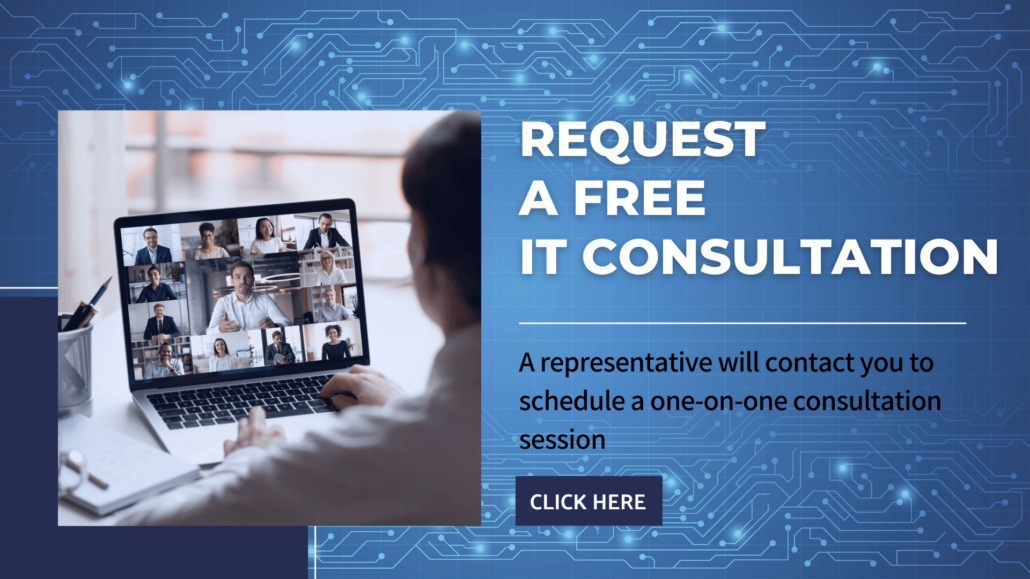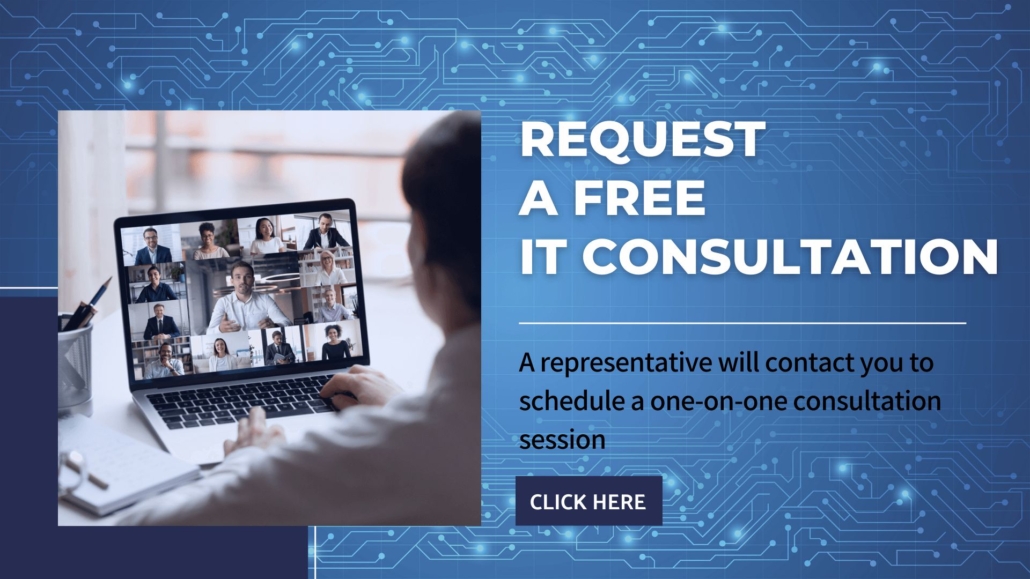Last Updated on August 30, 2024 by Tatyana Vandich
Navigating the complex landscape of grants management presents both challenges and opportunities. In this article, Namtek Consulting Services, with over 20 years of experience in the IT consulting industry, explores the pivotal stages of grant management – from the initial application to project closure. Shedding light on common challenges and unveiling the transformative role of grants management systems.
What is an Example of Grant Management?
An example of grant management involves a non-profit organization that has received a grant to implement a community development project. Here’s a simplified step-by-step process:
1. Grant Application
The organization identifies a grant opportunity that aligns with its mission and project goals.
The organization prepares and submits a grant proposal to the funding agency, outlining the project’s objectives, budget, timeline, and expected outcomes.
2. Grant Approval
The funding agency reviews the grant proposal and decides to award the grant based on the alignment with their priorities and available funds.
Upon approval, the organization receives notification of the grant award.
3. Project Implementation
The organization initiates the community development project, allocating resources and personnel as outlined in the grant proposal.
Throughout the project, the organization adheres to the guidelines and requirements set by the funding agency.
4. Setting up Grant Management Systems
The organization establishes a grants management system, which may involve implementing specialized software or tools to track funds, monitor progress, generate required reports etc.
This is an important and decisive step for further execution of the project.
USEFUL: Struggling with Grants Management? Choose Namtek Consulting Services for expert guidance in selecting and implementing the perfect Grants Management System. With over 20 years of IT consulting experience, we ensure a seamless process tailored to your needs. Book your free consultation now!
5. Financial Tracking
The grants management system is used to monitor and track financial expenditures related to the grant, ensuring that funds are used as specified in the budget.
6. Reporting and Documentation
Using a grants management system, the organization regularly generates and submits reports to the funding agency, detailing project progress, financial status, and outcomes achieved.
Accurate and timely documentation is crucial for maintaining transparency and compliance.

7. Compliance
The organization ensures compliance with all terms and conditions specified in the grant agreement, addressing any issues or concerns raised by the funding agency promptly.
8. Evaluation and Impact Assessment
The organization assesses the project’s impact, collecting data and evidence to demonstrate the effectiveness of the grant-funded initiative.
9. Project Closure and Sustainability
Upon completion of the project, the organization prepares a final report for the funding agency.
The organization develops plans for sustaining the positive outcomes achieved through the grant beyond the funding period.
This example illustrates the key stages involved in grants management, from the initial application to the successful implementation and closure of a grant-funded project.
Effective grant management ensures that funds are used responsibly, project goals are achieved, and accountability is maintained throughout the process.
What Is a Common Challenge in Grants Management?
Grants management involves various processes, and organizations often face common challenges in navigating these complexities. Some of the common challenges in grant management include:
Compliance Issues: Meeting the specific requirements and guidelines outlined by grantors can be challenging. Organizations must ensure that they adhere to the terms and conditions of the grant to avoid penalties or the risk of losing funding.
Reporting and Documentation: Grant recipients are typically required to submit regular reports on the use of funds and project progress. Maintaining accurate and timely documentation can be challenging but is crucial for demonstrating accountability and transparency.
Resource Allocation: Efficiently managing resources, including finances, personnel, and time, is a common challenge. Organizations need to balance the requirements of multiple grants, ensuring that each project receives adequate attention and resources.
Monitoring and Evaluation: Establishing effective monitoring and evaluation mechanisms to track project outcomes and impact is essential. This requires defining clear performance metrics and collecting relevant data to assess the success of grant-funded initiatives.
Communication and Collaboration: Effective communication among team members, stakeholders, and grantors is crucial. Miscommunication or a lack of collaboration can lead to misunderstandings, delays, or even non-compliance with grant requirements.
Technology and Data Management: Many organizations struggle with outdated or inadequate systems for managing grant-related data. Implementing modern grant management software can help streamline processes and enhance data accuracy.
Capacity Building: Some organizations may lack the necessary expertise or capacity to manage grants effectively. This includes understanding grant regulations, financial management, and reporting requirements.
Addressing these challenges requires a proactive and strategic approach, often involving a combination of effective planning, communication, and the use of technology to streamline grant management processes.
What is the Grants Management Solutions?
A Grants Management Solution which may also be called as Grants Management System, Grants Managed Software, or Grants Management Application is a software platform or system designed to facilitate and streamline the processes associated with managing grants. These solutions typically assist organizations in tasks such as application management, workflow automation, financial tracking, reporting, and compliance to ensure efficient and transparent administration of grant-funded projects.

The Crucial Role of Grants Management System in Project Excellence
A robust grants management system plays a pivotal role in the success of any project by providing a structured and efficient framework for the entire lifecycle of grant-funded initiatives.
From the initial stages of application and approval to the final reporting and evaluation, this system serves as the backbone, ensuring transparency, accountability, and streamlined processes.
The system facilitates seamless financial tracking, enabling organizations to allocate and utilize funds judiciously in accordance with grant guidelines. Moreover, it automates workflow processes, reducing administrative burdens and minimizing the risk of non-compliance.
Discover our grants management solution and explore our services now on the dedicated page Grants Management Software
The timely generation of reports and documentation becomes more accurate and accessible, aiding organizations in meeting reporting requirements and fostering transparency with funding agencies.
The grants management system not only enhances project management capabilities but also allows organizations to focus on achieving the intended impact of the project, as it provides a centralized platform for effective communication, collaboration, and monitoring.
In essence, a well-implemented grants management system becomes an indispensable tool for organizations, ensuring the success and sustainability of grant-funded projects.
Unlock Success: Namtek Consulting Services’ Expertise in Grants Management Systems Implementation
Choosing the right grants management system and getting it up and running quickly and effectively are key factors in making sure your project succeeds. The system you pick has a big impact on how smoothly things go, from managing applications to keeping track of money and meeting the rules. That’s where Namtek Consulting Services comes in. With more than 20 years of experience in IT consulting, we know how important it is for non-profit organizations to have the right grants management system.
We can help you choose and put in place a system that fits your needs perfectly. When you work with Namtek, you can be sure you’re getting a system that makes managing grants easier and more transparent for your project, from start to finish.





